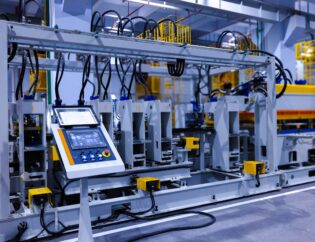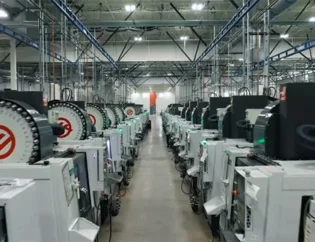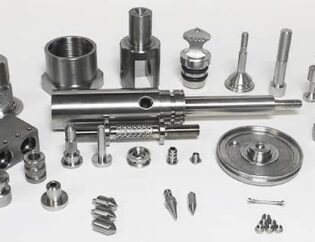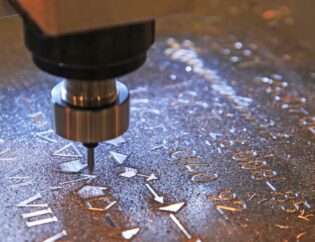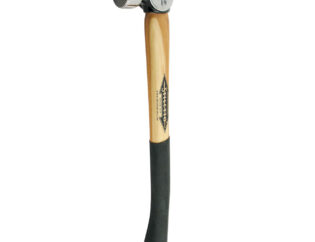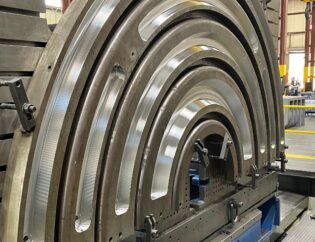Sintered metal parts have revolutionized manufacturing, offering unique advantages in precision, efficiency, and material utilization. This guide delves into the intricacies of sintering, a process that transforms metal powders into robust components. Understanding this technology is essential for engineers, designers, and manufacturers aiming to enhance product performance and reduce costs.
Readers can expect to explore the fundamentals of sintering, including the materials used, the processes involved, and the applications across various industries. We will also discuss the benefits and challenges associated with sintered parts, providing a comprehensive overview that equips you with the knowledge to make informed decisions in your projects.
By the end of this guide, you will have a solid grasp of sintered metal parts, enabling you to leverage this innovative technology effectively. Whether you are new to the field or seeking to deepen your expertise, this resource will serve as a valuable reference in your journey through advanced manufacturing techniques.
A Comprehensive Guide to Sintered Metal Parts
Sintered metal parts are increasingly becoming a vital component in various industries due to their unique properties and manufacturing processes. This guide will delve into the intricacies of sintered metal parts, exploring their technical features, types, and applications. We will also highlight key manufacturers and suppliers in the industry, including GKN Sinter Metals, Powdered Metal Parts, Allied Sinterings, PSM Industries, and Precision Sintered Parts.
Understanding Sintered Metal Parts
Sintered metal parts are created through a process known as powder metallurgy, where metal powders are compacted and heated to form solid components without reaching their melting point. This method allows for the production of complex shapes and high-precision parts, making it ideal for various applications in automotive, aerospace, medical, and industrial sectors.
Technical Features of Sintered Metal Parts
The technical features of sintered metal parts can significantly influence their performance and suitability for specific applications. Below is a comparison table highlighting some of the key technical features:
| Feature | Description |
|---|---|
| Material Variety | Can be made from various metals and alloys, including steel, copper, and brass. |
| Production Efficiency | High production rates with minimal waste, making it cost-effective. |
| Complex Geometries | Capable of producing intricate shapes that are difficult to achieve with traditional methods. |
| Mechanical Properties | Offers high strength, durability, and wear resistance. |
| Customization | Parts can be tailored to meet specific performance requirements. |
| Eco-Friendliness | Produces less waste compared to traditional metalworking processes. |
Types of Sintered Metal Parts
Sintered metal parts can be categorized based on their material composition and application. The following table outlines the different types of sintered metal parts:
| Type | Description |
|---|---|
| Structural Parts | Used in load-bearing applications, such as gears and brackets. |
| Magnetic Components | Designed for electrical applications, including motors and transformers. |
| Filters | Porous sintered parts used for filtration in various industries. |
| Medical Devices | Precision components used in surgical instruments and implants. |
| Automotive Parts | Components like pistons and valves that require high durability. |
| Custom Parts | Tailored solutions for specific industrial needs, often involving unique designs. |
Applications of Sintered Metal Parts
Sintered metal parts are utilized across a wide range of industries. In the automotive sector, they are used for engine components, transmission parts, and braking systems. In the medical field, sintered parts are essential for devices that require high precision and reliability. Additionally, industries such as electronics, aerospace, and consumer goods benefit from the unique properties of sintered metal components.
Key Manufacturers and Suppliers
Several companies specialize in the production and supply of sintered metal parts. Notable players in the industry include:
– GKN Sinter Metals: A global leader in sintered metal components, GKN focuses on delivering high-precision solutions for automotive and industrial applications. Their website, www.gknpm.com, provides detailed insights into their offerings.
– Powdered Metal Parts: This platform connects customers with various manufacturers and suppliers of powdered metal parts, offering a comprehensive directory of services. Visit powderedmetalparts.com for more information.
– Allied Sinterings: With a history dating back to 1959, Allied Sinterings specializes in manufacturing high-quality powdered and sintered metal products for diverse industries. More details can be found at www.alliedsinterings.com.
– PSM Industries: Known for their advanced sintering processes, PSM Industries produces a wide range of sintered metal products. Their expertise is showcased on www.psmindustries.com.
– Precision Sintered Parts: This company focuses on delivering precision-engineered powdered metal parts, catering to various industrial applications. Learn more at precisionsinteredparts.net.
Conclusion
Sintered metal parts represent a significant advancement in manufacturing technology, offering unique advantages in terms of efficiency, customization, and environmental impact. As industries continue to evolve, the demand for high-quality sintered components will likely increase. Companies like GKN Sinter Metals, Powdered Metal Parts, Allied Sinterings, PSM Industries, and Precision Sintered Parts are at the forefront of this innovation, providing essential solutions for modern manufacturing challenges.
FAQs
Related Video
What are sintered metal parts?
Sintered metal parts are components created through powder metallurgy, where metal powders are compacted and heated to form solid shapes without melting.
What industries use sintered metal parts?
Sintered metal parts are used in various industries, including automotive, aerospace, medical, and electronics.
What are the advantages of sintered metal parts?
Advantages include high production efficiency, the ability to create complex geometries, reduced waste, and the use of a wide variety of materials.
How are sintered metal parts made?
The process involves three main steps: powder preparation, compaction into a mold, and sintering in a furnace to bond the metal particles.
Can sintered metal parts be customized?
Yes, sintered metal parts can be tailored to meet specific performance requirements and design specifications, making them highly versatile for different applications.

